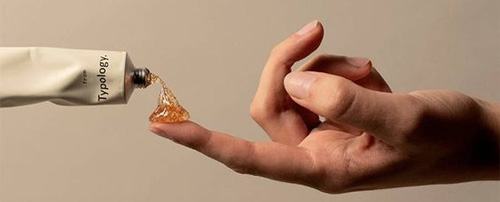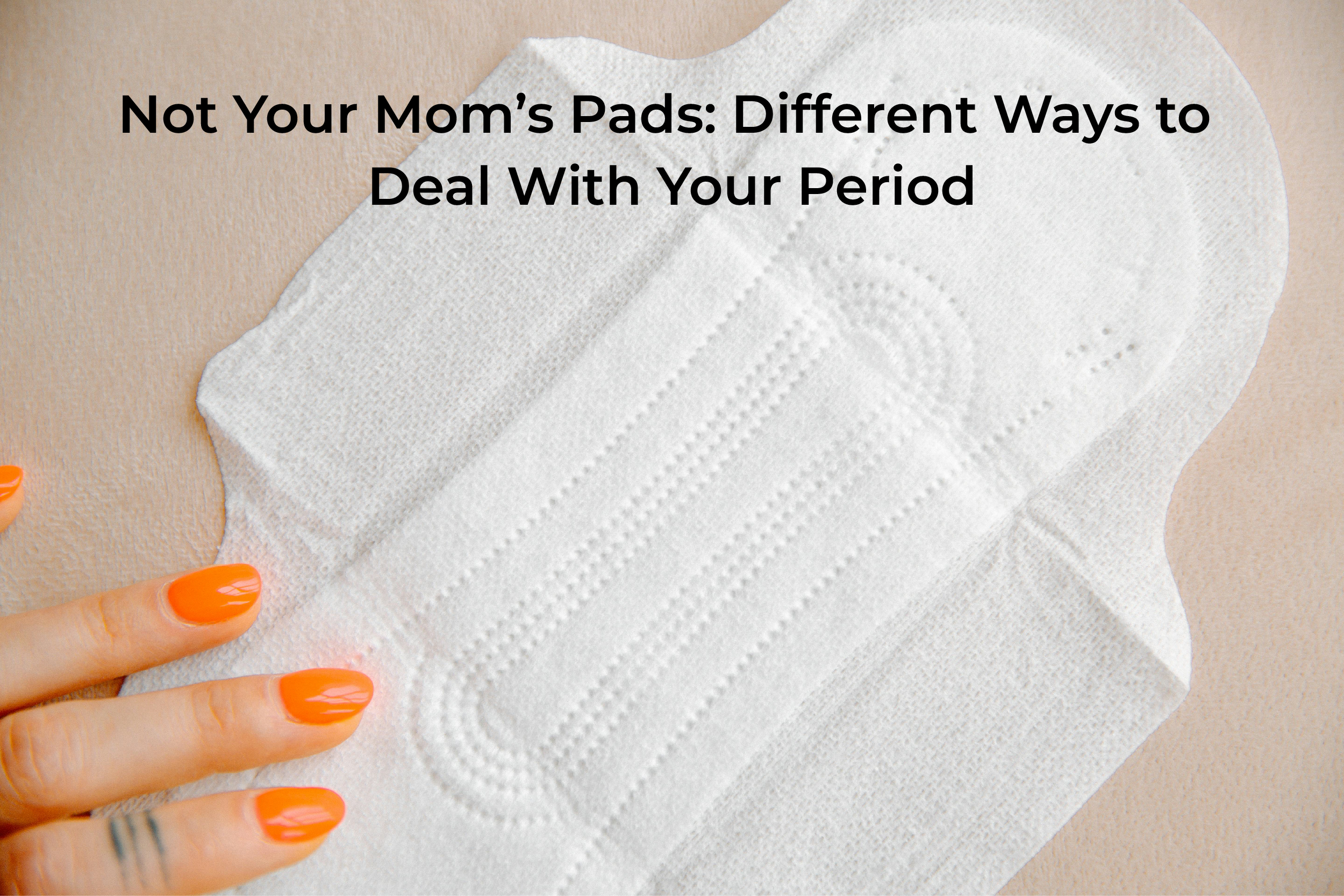While the colloquial terms for menstruation may remain relatively constant, the landscape of available options for managing periods has evolved significantly over the past few decades. Comfort, convenience, environmental sustainability, and inclusivity in product development and marketing are all important factors to consider when choosing Different menstrual products. Numerous methods exist for managing menstruation.
A historical era or epoch
If you’ve ever wondered how women managed menstruation hundreds or even thousands of years ago, they typically had to improvise with whatever resources were accessible to them. In coastal areas, sea sponges were utilized for menstrual management. While there was a period during which they were not permitted for sale as menstrual products due to examinations by researchers revealing the presence of sand, bacteria, and other contaminants, they have since gained a following and remain readily available at health food stores. In ancient Egypt, softened papyrus was utilized to create disposable tampons, while Greek physician Hippocrates, more than 2500 years ago, described tampons made from lint wrapped around lightweight wood.
Moving Into Modern Times
Transitioning to modern times, advancements in verity menstrual product technology and innovation have provided individuals with diverse options for managing menstruation. The gradual expansion of freedoms throughout the 20th century was mirrored in the timeline of product developments. Shortly after granting the right to vote to U.S. women in 1920, Kotex introduced a sanitary napkin. Crafted from a wood pulp material known as cellucotton, which mimicked the texture of cotton, it was encased within a gauze covering originally designed for bandages during World War I, remaining unused in warehouses once the conflict ceased. As the inaugural mass-market feminine hygiene product, it capitalized on widespread advertising campaigns that elucidated its functionality and advocated for its usage among women. While the depiction of blue water substituting for blood in advertisements came later, acquiring sanitary napkins was considered embarrassing at the time. Women would discreetly leave a nickel and quietly take one from a box placed in department stores they frequented. Although pads and tampons currently hold a dominant position in the market, alternative options exist, some of which have origins tracing back to the early days of the tampon.
While many women have what they affectionately refer to as “period panties,” there are specialized menstrual products known as period panties, featuring absorbent linings as effective as two tampons. These are particularly suitable for women experiencing irregular flows and for young girls who have recently started menstruating. On online platforms like Etsy, sellers offer a diverse array of reusable sanitary pads, showcasing unique styles and designs. For those environmentally conscious individuals who prefer not to use cups or reusable pads, there are also non-chlorine bleached, all-cotton pads and tampons available. Despite being pricier, they offer the convenience of disposability without the presence of harmful chemicals.


